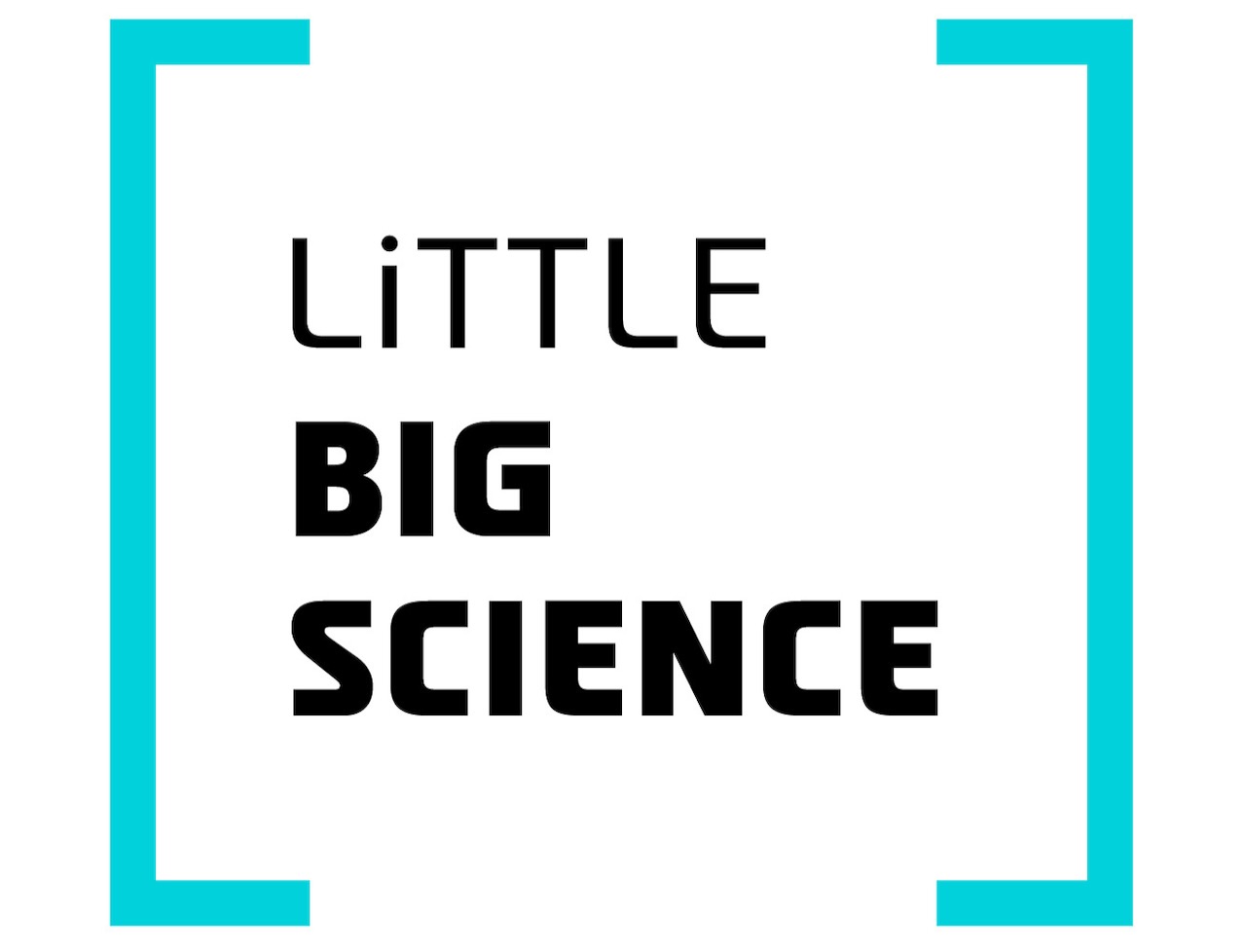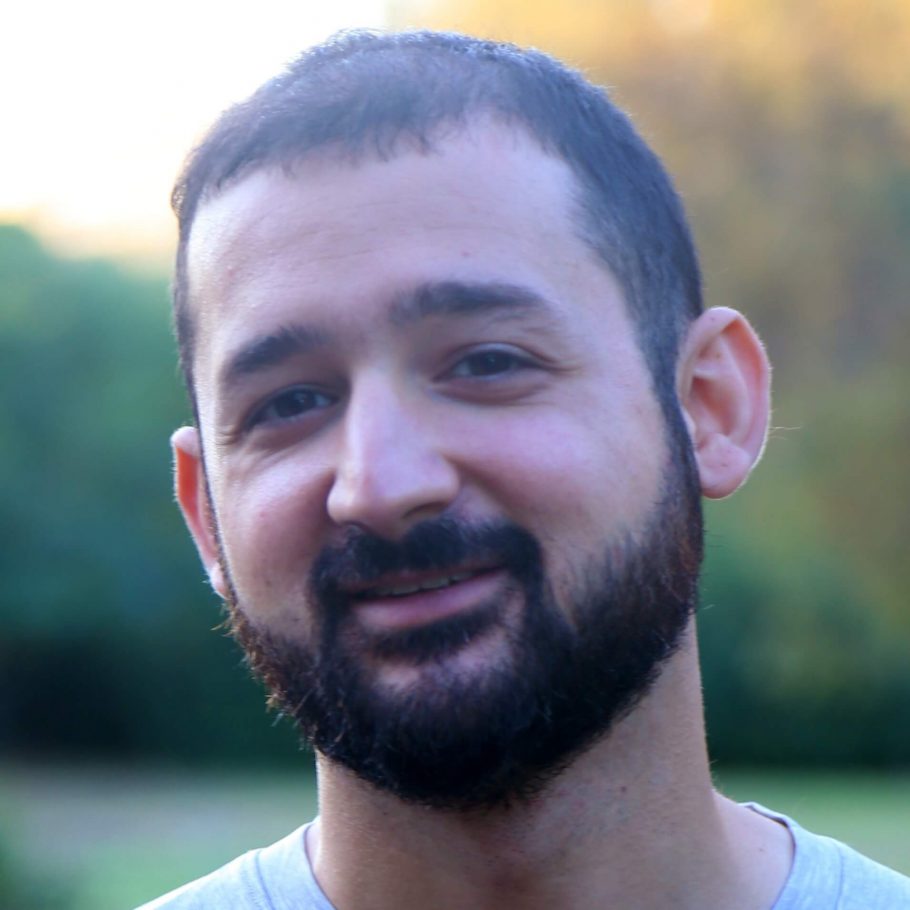
For the first time in medical history, physicians and scientists have successfully employed an advanced gene-editing technique inside the body of a living person to treat a rare and lethal genetic disease. The patient is an infant diagnosed with an inherited disorder that causes protein breakdown products to accumulate as toxins. Half of all infants with the condition die within a few days, but in this case—rather than waiting for a liver transplant and enforcing an extreme diet regimen—the doctors corrected the DNA mutation in the baby’s liver cells to save his life [1].
Advertisement
Unlike the familiar CRISPR/Cas9 gene-editing method, which cuts the DNA in order to perform the editing, a process about which we have already told you quite a bit [2-6], here, scientists used a technique called “base-editing,” which is CRISPR-based yet does not involve cutting both strands of the DNA, making it more targeted and precise. Instead, the system contains a combined enzyme that performs a chemical change on a single nucleic base of the DNA strand. Another novelty is the site where the process took place: inside the infant’s liver. Until now, all gene-editing therapies were performed outside the patient’s body, on bone-marrow cells that were removed, engineered, tested for efficacy and safety, and only then transplanted back.
In this case, the disease is caused by a harmful mutation that disrupts production of the CPS1 protein in the liver. This enzyme is crucial to the urea cycle, a biochemical pathway that prevents ammonia accumulation; without it, breaking down proteins—such as those consumed in food—endangers the patient’s life.
The system was comprised of two main components:
🧬A base editor (named abengcemeran)—an engineered version of Cas9 that converts one DNA base into another.
🧬A guide molecule (gRNA)—a small RNA molecule that directs the editor to the specific location in the DNA where the harmful mutation resides. In this case, the molecule was designed and produced especially for the patient and was called kayjayguran, after the young patient—KJ.
These two components were delivered as mRNA molecules (yes, similar to the well-known COVID-19 vaccine), packaged in a lipid envelope, and injected into the infant’s bloodstream. The system migrated to the liver, where the defective CPS1 enzyme is active, and introduced the editing instructions into the cells. The treatment, abbreviated k-abe (from the oh-so-catchy name kayjayguran abengcemeran), was designed, tested in human cell cultures, tested in mice, underwent a safety study in primates, received individual regulatory approval, and was injected into the sick infant—all within six months from diagnosis, an impressive achievement. The researchers demonstrated the efficiency and safety of the edit in a mouse model and in human liver cells, and performed advanced genomic scans to ensure no unwanted edits occurred elsewhere in the DNA.
Following the treatment, the infant was able to consume more protein via his diet and required fewer drugs to clear ammonia from his blood, even during a viral infection, which in such patients usually triggers a spike of the ammonia levels in the blood. Although a liver biopsy was not performed because of the associated risk, biochemical tests indicated improved CPS1 function.
Beyond saving this single infant’s life—no small matter—this represents a global breakthrough in personalized medicine. The approach described here is based on a flexible, patient-adaptable platform: although the guide molecule must be tailored to the specific genomic site of the mutation and the appropriate base editor chosen for the desired change, the other delivery components will be similar, allowing the process to be repeated for other genetic diseases. It is important to note that there will be many cases in which the system is less effective or causes collateral damage that outweighs the benefit, for example if an off-target mutation will happen in a gene that causes cancer.
This is still a relatively new technology, and long-term follow-up of the child will be required to see whether the treatment really improved his condition long-term or actually cured him. Similar achievements have been presented at professional conferences in the past, but the current trial is a true milestone: the first scientific publication of real-time, in vivo, personalized gene editing that can save lives and reshape the future of genetic medicine.
Because this was a personalized therapy that required individual approval, future patients will likely still need regulatory clearance as well. Yet a future enabling off-the-shelf treatments for other rare genetic disorders that require in-organ editing is just around the corner—biotech companies’ base-editing clinical trials are already in advanced stages and will provide more patients with access to similar therapies [7].
In the photo: infant KJ
Hebrew editing: Galia Halevy Sadeh
English editing: Elee Shimshoni
References:







